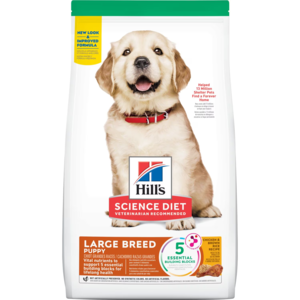 Dry or “moist” pet meals is considered solid meals. Regardless of popular perception, arduous, extruded kibble does not do anything for teeth that recent bones and good chew toys don’t care for. If we take a harder have a look at commercial feeds, past the “sweet shell” we see over processed pet feeds which can be made with questionable, rotten, and inedible substances, handled with chemicals, pesticides, and pretend vitamins.
Dry or “moist” pet meals is considered solid meals. Regardless of popular perception, arduous, extruded kibble does not do anything for teeth that recent bones and good chew toys don’t care for. If we take a harder have a look at commercial feeds, past the “sweet shell” we see over processed pet feeds which can be made with questionable, rotten, and inedible substances, handled with chemicals, pesticides, and pretend vitamins.
Unbiased crops get hold of animal by-product supplies, including grease, blood, feathers, offal, and whole animal carcasses, from the following sources: butcher shops, supermarkets, restaurants, fast-meals chains, poultry processors, slaughterhouses, farms, ranches, feedlots, and animal shelters.
Right this moment, pet meals firms are more and more vigilant in their internal protocols for indentifying safety issues, and it is not unusual for corporations to recall as much as a week’s value of product when only one line of product is found to be contaminated.
They’ve simple names, corresponding to “Beef for Dogs” or “Tuna Cat Food.” In these examples, at the very least 95% of the product should be the named ingredient (beef or tuna, respectively), not counting the water added for processing and “condiments.” Counting the added water, the named ingredient still must comprise 70% of the product.
The AAFCO mannequin rules now permit use of the term “with” as part of the product title, reminiscent of “Canine Food With Beef” or “Cat Food With Rooster.” Now, even a minor change within the wording of the name has a dramatic impression on the minimal quantity of the named ingredient required, e.g., a can of “Cat Food With Tuna” could possibly be confused with a can of “Tuna Cat Food,” however, whereas the latter instance must comprise at least 95% tuna, the first needs solely three%. Due to this fact, the patron must read labels rigorously earlier than purchase to ensure that the desired product is obtained.…